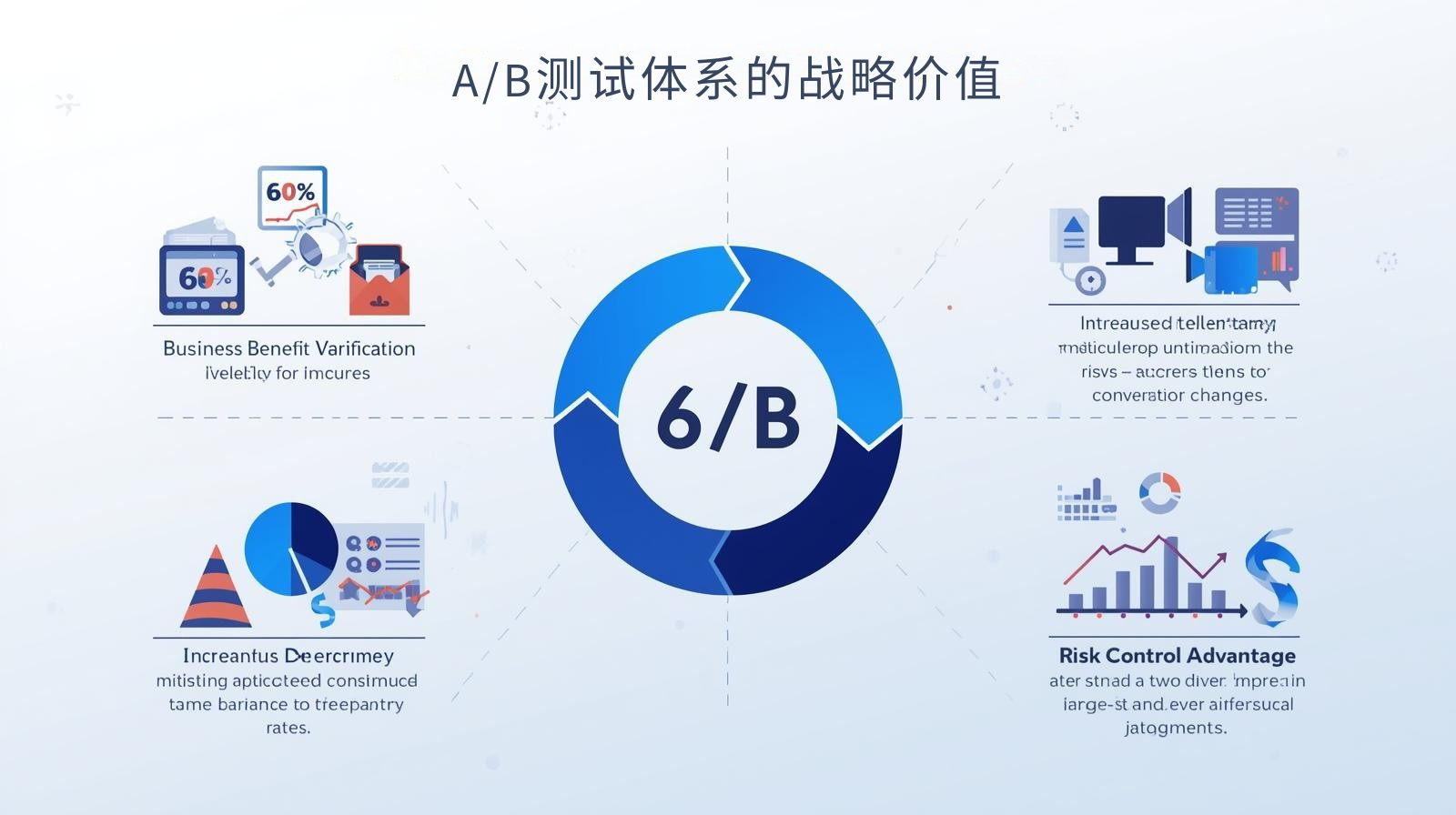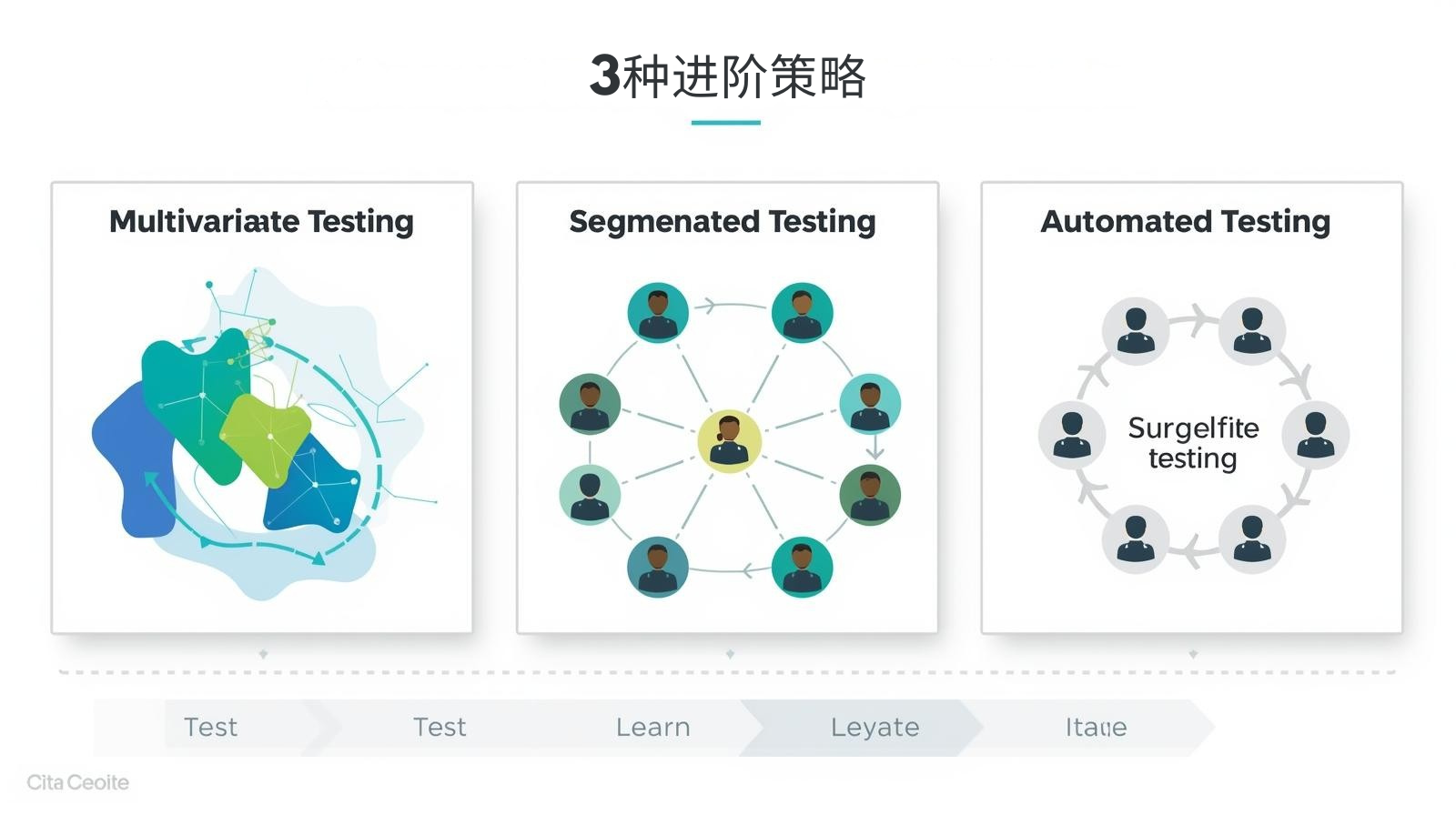According to Optimizely's latest industry report, independent websites that systematically implement A/B testing see an average 28% increase in conversion rates and a 35% improvement in advertising ROI. Research from the China Council for the Promotion of International Trade shows that only 23% of independent websites for foreign trade have established standardized testing processes, leading to significant operational homogeneity. The World E-Commerce Forum's report, "Global E-Commerce Growth Practices," notes that a mature A/B testing system is a core methodology for leading independent websites to maintain their competitive advantage, and is particularly crucial for cross-border businesses operating in multiple languages and markets.
 The strategic value of the A/B testing system
The strategic value of the A/B testing system
1. Commercial benefit verification
- A scientific testing process improves decision-making accuracy by 60% (China Chamber of Commerce for Import and Export of Machinery and Electronic Products case study)
- Continuous optimization mechanism keeps page conversion rate increasing by 15% annually
2. Risk control advantages
- Small-scale verification avoids the risk of full-site revision
- Data-driven decision-making reduces subjective judgment errors
3-stage implementation framework
1. Hypothesis Generation Phase
- Analyze heatmaps and user behavior data to identify optimization opportunities
- Formulate a clear, testable hypothesis (e.g., "Making the CTA button larger will increase click-through rate by 5%").
2. Experimental Design Phase
- Determine core indicators (primary indicators + auxiliary indicators)
- Reasonable distribution of traffic ratio (usually 5%-10% of initial traffic)
- Ensure that the sample size meets the statistical significance requirements
3. Technical implementation phase
- Choose client or server testing solution
- Set a reasonable testing cycle (usually 2-4 weeks)
- Ensure user consistency across devices
 3 advanced strategies
3 advanced strategies
1. Multivariate Testing
- Testing multiple element combinations simultaneously
- Deep optimization for important pages
2. Segment testing
- Customized solutions for different user groups
- Effective means to enhance personalized experience
3. Automated Testing
- Establish a continuous testing mechanism
- Achieve a closed loop of "test-learn-iterate"
Pinshop provides: ✅ Visual experiment configuration interface ✅ Real-time data monitoring dashboard ✅ Automatic significance calculation ✅ Multi-language testing support
Visit Pinshop’s official website now and start data-driven growth!
Recommended related articles: Multilingual Independent Station Strategy: Balancing Localization and Internationalization 






